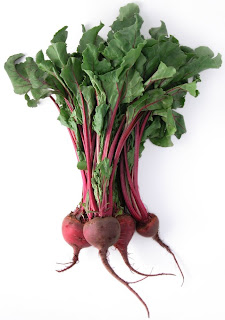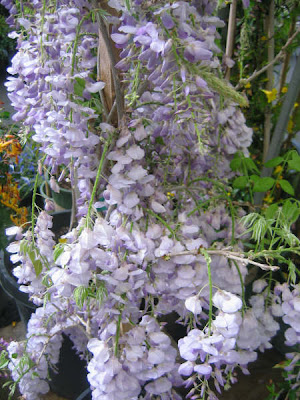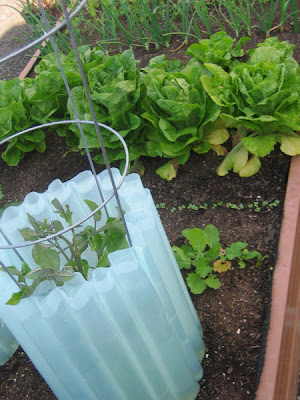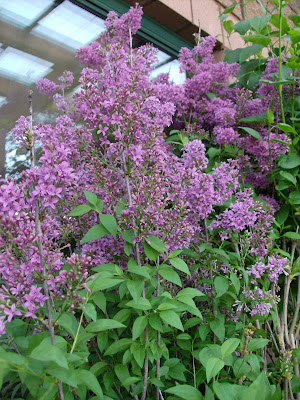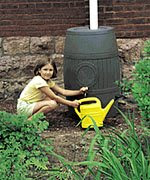Guest Column: Let’s Hear It for the Bees
New York Times, April 29, 2009
New York Times, April 29, 2009
Gardeners know that plants open and close their flowers at set times during the day. For example, the flowers of catmint open between 6:00 a.m. and 7:00 a.m.; orange hawkweed follows between 7:00 a.m. and 8:00 a.m.; field marigolds open at 9:00 a.m.
In “Philosophia Botanica” (1751), the great taxonomist Carl Linnaeus proposed that it should be possible to plant a floral clock. He noted that two species of daisy, the hawk’s-beard and the hawkbit, opened and closed at their respective times within about a half-hour each day. He suggested planting these daisies along with St. John’s Wort, marigolds, water-lilies and other species in a circle. The rhythmic opening and closing of the plants would be the effective hands of this clock.
Plants have carefully timed routines determined by internally generated rhythms. In 1729, Jean-Jacques d’Ortous de Mairan, a French astronomer, put a Mimosa plant in a cupboard to see what happened when it was kept in the dark. He peeked in at various times, and although the plant was permanently in the dark its leaves still opened and closed rhythmically – it was as though it had its own representation of day and night. The plant’s leaves still drooped during its subjective night and stiffened up during its subjective day. Furthermore, all the leaves moved at the same time. It took another 230 years or so to come up with the term circadian – about a day – to describe these rhythms.





















